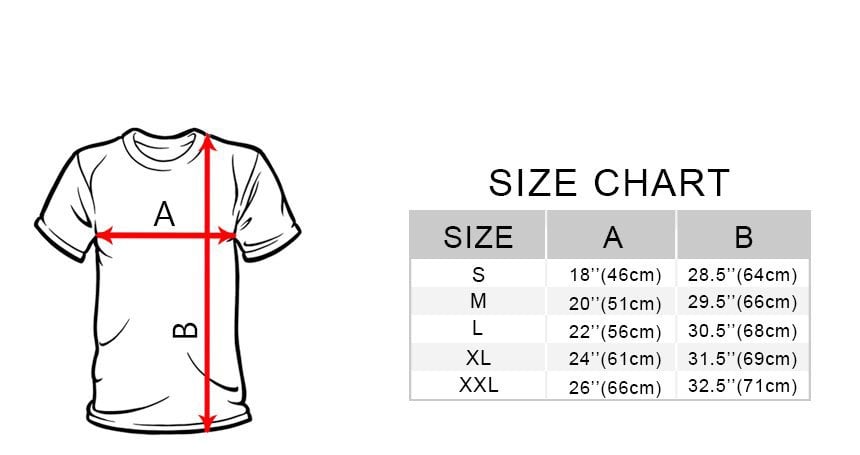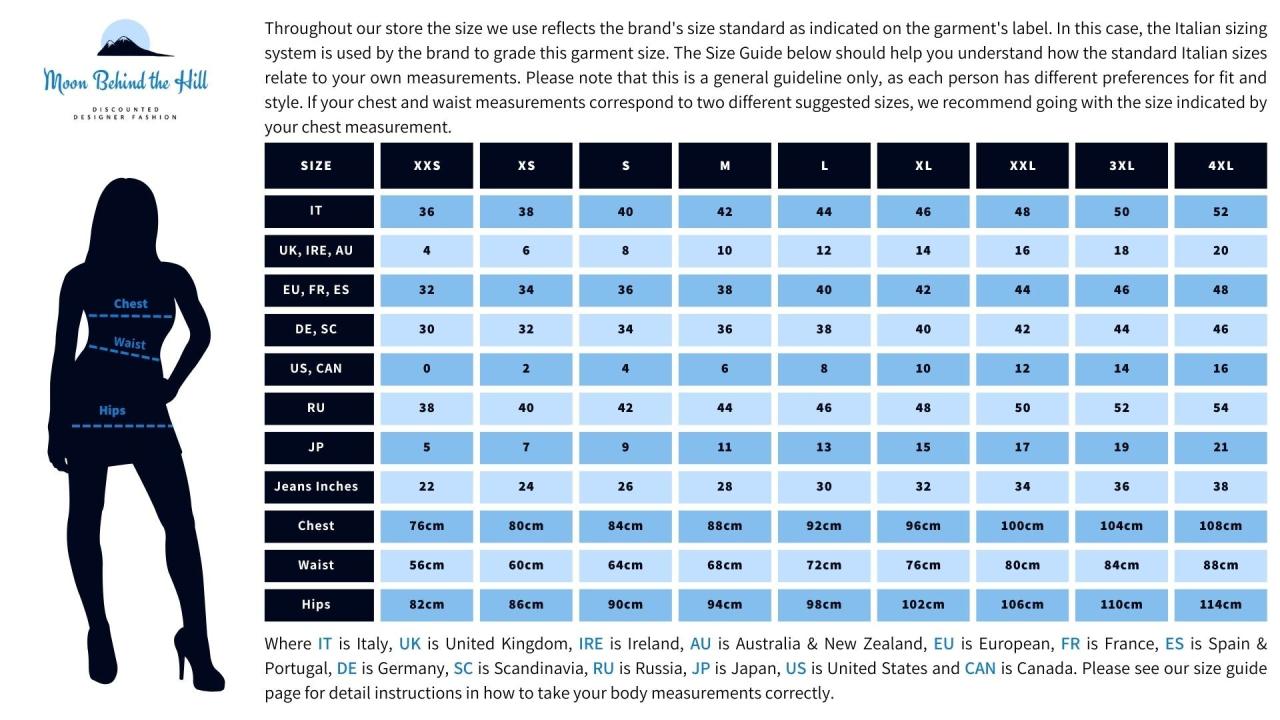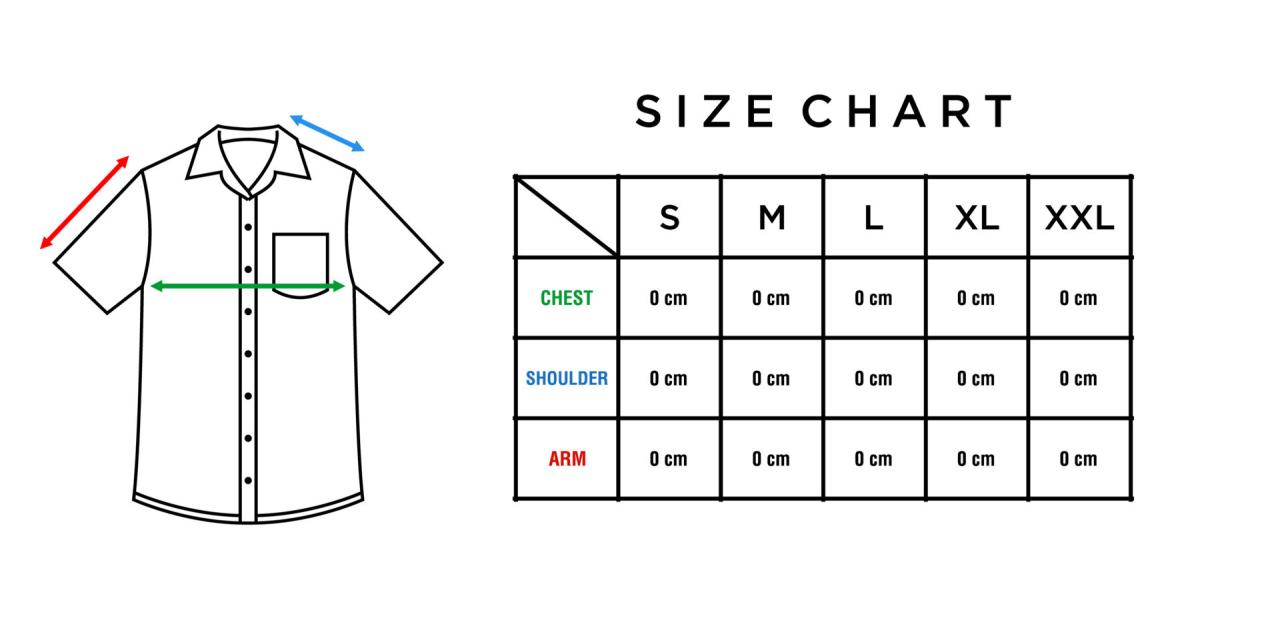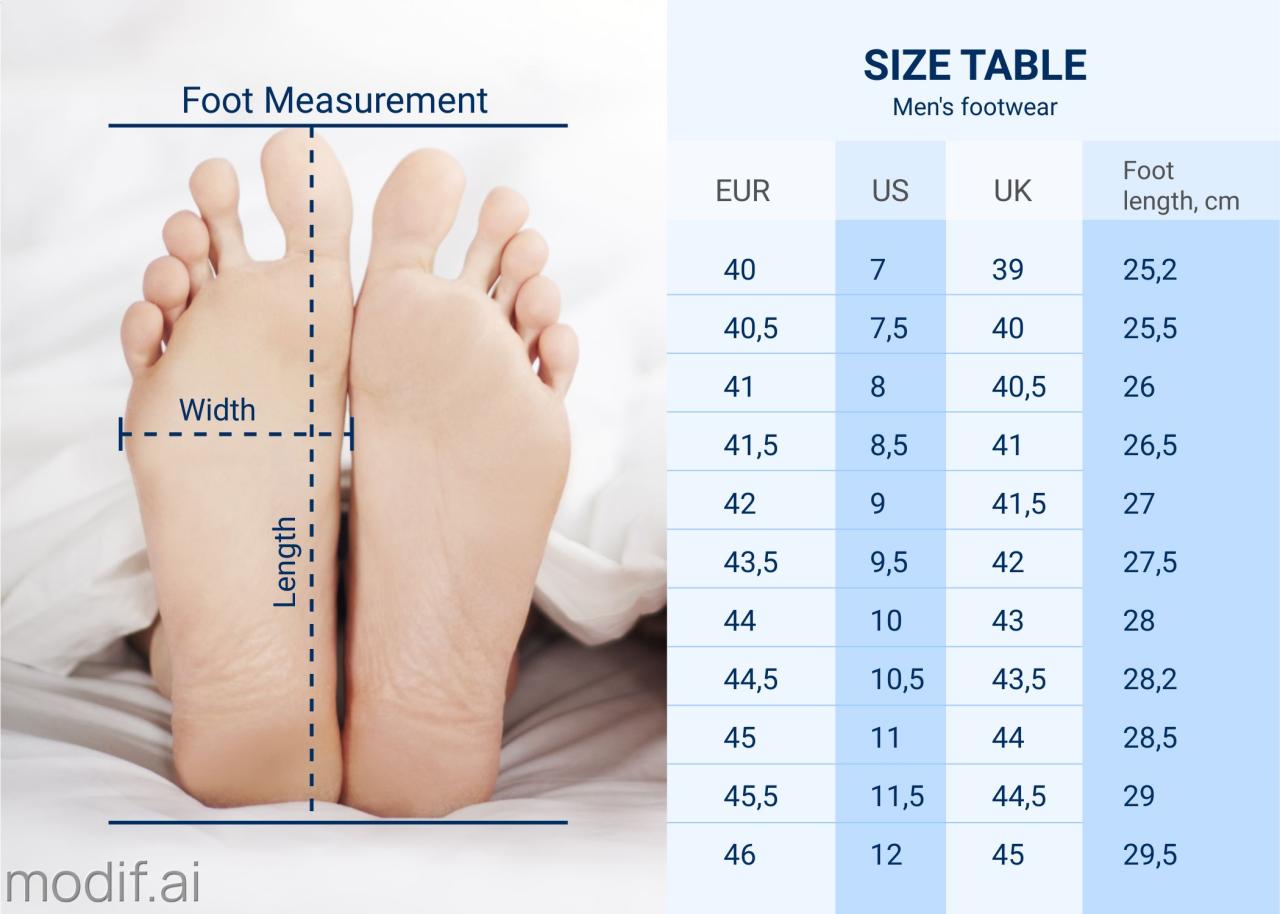Introduction to Suit Jacket Sizing

Proper suit jacket sizing is crucial for both a polished appearance and a comfortable experience. A well-fitted suit jacket enhances your posture and projects an air of confidence. Conversely, an ill-fitting jacket can detract from your overall presentation and create discomfort throughout the day. Understanding the nuances of sizing ensures you invest in garments that serve you best.
Incorrect sizing frequently results in an uncomfortable fit. A jacket that’s too tight restricts movement and can cause discomfort, while one that’s too loose can appear sloppy and detract from your posture. These issues can negatively impact your confidence and professional image. The importance of finding the right fit extends beyond aesthetics, impacting your overall comfort and well-being.
Factors Influencing Suit Jacket Fit
Several factors play a critical role in determining the ideal suit jacket fit. These factors extend beyond simple measurements and encompass individual preferences and body types.
- Body Type: Different body types respond differently to various suit jacket styles. A person with a broad frame might find a slim-fit jacket unflattering, while someone with a more slender build might prefer a more structured fit. Understanding your body type is key to selecting a jacket that accentuates your best features and minimizes any perceived flaws.
- Style Preferences: Personal preferences in style play a vital role in determining the ideal suit jacket. Some individuals may prefer a more relaxed fit, while others might prefer a more tailored, structured look. Taking into account these preferences is critical for selecting a jacket that complements your individual style.
Suit Jacket Styles and Typical Fit Characteristics
The fit of a suit jacket often varies depending on the style. The table below illustrates the common styles and their associated typical fit characteristics.
| Suit Jacket Style | Typical Fit Characteristics |
|---|---|
| Slim Fit | A close-fitting style that emphasizes a leaner silhouette. Often, the jacket is fitted through the shoulders, chest, and waist, creating a more streamlined look. |
| Regular Fit | A standard, balanced fit that provides comfort and a classic appearance. The jacket drapes smoothly over the body without being overly tight or loose. |
| Relaxed Fit | A looser fit designed for comfort and a more casual look. The jacket is often wider through the shoulders, chest, and waist, providing greater freedom of movement. |
| Modern Fit | A contemporary style that blends elements of slim and regular fits. It provides a comfortable yet structured look, balancing ease with refined tailoring. |
Measuring Yourself Accurately

Accurate self-measurement is paramount for achieving a proper suit jacket fit. This meticulous process ensures that the jacket aligns seamlessly with your physique, optimizing comfort and aesthetic appeal. Understanding the nuances of each measurement is crucial to achieving a perfect fit.
Precise measurements are essential for a well-fitting suit jacket. Incorrect measurements can lead to jackets that are too tight, too loose, or misshapen, diminishing the garment’s overall appeal and comfort. Thoroughness in this initial stage significantly impacts the final result.
Essential Tools for Accurate Measurements
A well-equipped measurement kit is key to achieving precision. The fundamental tools are a flexible measuring tape and a notepad or digital device to record your measurements. The measuring tape should be flexible and capable of wrapping around various parts of your body. A quality measuring tape ensures consistent and reliable data collection.
Steps for Measuring Your Chest
The chest measurement is a critical component of jacket sizing. A well-fitting jacket must accommodate your chest without feeling constricting or excessively loose.
- Stand tall with your arms relaxed at your sides.
- Position the measuring tape around your chest, ensuring it’s parallel to the floor and sits comfortably.
- Carefully measure the circumference of your chest, taking note of the measurement at the fullest part of your torso.
This measurement is crucial for determining the jacket’s overall size.
Steps for Measuring Your Shoulders
Shoulder measurements are vital for determining the jacket’s fit across the shoulders. A jacket that is too tight or too loose across the shoulders will negatively impact the overall look and comfort of the garment.
- Find the highest point of each shoulder bone.
- Position the measuring tape horizontally across the back of your shoulders, at the identified highest points.
- Measure the distance between these points, recording the measurement accurately.
A precise shoulder measurement ensures that the jacket hangs naturally and comfortably.
Steps for Measuring Your Waist
The waist measurement, like the chest, is crucial for achieving a balanced fit. A jacket that is ill-fitting in the waist area will not complement the wearer’s physique.
- Find the natural waistline, the narrowest part of your torso.
- Wrap the measuring tape around your torso at the natural waistline, keeping it horizontal.
- Read and record the measurement accurately.
A precise waist measurement helps to achieve the perfect balance between a well-proportioned fit and comfort.
Steps for Measuring Your Sleeves
The sleeve measurement is important for achieving a jacket that looks both fashionable and functional.
- Locate the shoulder point on your jacket.
- Measure from the shoulder point to the desired wrist position on your arm.
- Record the measurement accurately.
A well-fitting sleeve measurement ensures the jacket is comfortable and easy to wear.
Tips for Accurate Measurements at Home
Precise measurements are crucial for an optimal fit. To ensure accuracy, consider the following tips:
- Stand up straight and keep your shoulders relaxed.
- Ensure the measuring tape is positioned correctly.
- Take multiple measurements and use the average.
- Record the measurements clearly on a notepad or digital device.
- If possible, have someone else help you with the measurement process to ensure accuracy.
Following these guidelines will enhance the accuracy of your measurements and contribute to a well-fitting suit jacket.
Understanding Suit Jacket Sizing Charts

Suit jacket sizing charts are crucial tools for finding the right fit. They provide a standardized way to translate body measurements into jacket sizes, enabling you to select the appropriate garment. However, understanding these charts requires careful consideration of the specific measurements used and how different brands and retailers might interpret those measurements.
Sizing charts often present a simplified representation of the complex relationship between body dimensions and garment sizes. They attempt to provide a standardized guide for customers, but the variations in sizing methodologies between brands necessitate a nuanced approach to selection. A critical understanding of these variations is vital to avoiding frustrating returns and ensuring a comfortable, well-fitting suit.
Suit Jacket Sizing Chart Structures
Sizing charts typically list jacket sizes alongside corresponding chest, shoulder, sleeve length, and sometimes waist measurements. This structure allows users to match their personal measurements to the chart’s provided dimensions. Variations in the measurements themselves and their presentation are common among different brands and retailers. For example, some charts may use inches, while others might utilize centimeters. Similarly, the specific points measured (such as shoulder width at the seam or the fullest part of the shoulder) can vary.
Comparing Sizing Charts Across Brands
Different brands employ varying methodologies for their sizing charts. This often results in discrepancies between the sizes offered by different retailers. For example, a size 44 from one brand might correspond to a size 46 from another, even though the measurements themselves might be quite similar.
Discrepancies in Sizing Systems
Discrepancies arise from the differences in the way brands measure and interpret the same body dimensions. One brand might focus on the measurement from the shoulder seam to the end of the sleeve, while another might measure the arm’s length from the shoulder point to the wrist. These subtle differences can significantly impact the final size recommendation.
Interpreting Measurements on Sizing Charts
Interpreting measurements on sizing charts requires attention to detail. You must accurately measure yourself and then compare those measurements to the corresponding measurements listed on the chart. For instance, if your shoulder measurement falls between two size categories, carefully consider the other measurements to determine the most appropriate fit.
Comparison Table of Suit Jacket Measurements
| Brand | Chest (in inches) | Shoulder (in inches) | Sleeve Length (in inches) | Notes |
|---|---|---|---|---|
| Brand A | 40-44 | 18-19 | 24-25 | Measurements taken from the center of the chest, seam of the shoulder, and center of the sleeve. |
| Brand B | 42-46 | 18.5-19.5 | 24.5-25.5 | Measurements taken from the fullest part of the chest, the point of the shoulder, and the outside of the sleeve. |
| Brand C | 41-45 | 18.25-19.25 | 24.25-25.25 | Measurements taken from the point of the chest, shoulder point, and from the shoulder to the wrist. |
This table provides a simplified comparison. Actual measurements can vary significantly. Always double-check the specific measurements and guidelines provided by each brand.
Choosing the Right Suit Jacket Style: How To Size A Suit Jacket

Selecting the appropriate suit jacket style is crucial for a polished and comfortable appearance. Understanding the nuances of fit, from slim to tailored, directly impacts the overall look and feel of the garment. Different styles cater to varying body types and preferences, allowing for a personalized approach to dressing.
Suit jackets are available in a variety of styles, each with its own unique characteristics. These differences in fit can subtly alter the overall impression a suit jacket conveys, influencing how it appears on different body types. Understanding these differences allows individuals to select a style that best complements their physique and personal style.
Suit Jacket Fit Styles
Different fit styles, such as slim, regular, and tailored, cater to various body types and preferences. Each style presents a distinct silhouette, affecting the jacket’s overall look and feel. Understanding these differences empowers individuals to choose a style that enhances their personal style and body shape.
- Slim Fit: This style features a close-fitting silhouette, accentuating the wearer’s physique. The jacket’s seams and panels are meticulously tailored to hug the body, creating a more streamlined and contemporary appearance. A slim fit is generally more form-fitting, minimizing excess fabric and emphasizing a leaner profile. This style often works best for individuals with a more athletic or slender build. It’s a modern, contemporary look that emphasizes the body’s shape and proportions.
- Regular Fit: A regular-fit suit jacket offers a more relaxed and comfortable fit. The jacket’s structure isn’t as close-fitting as a slim fit but provides a balance between a tailored and loose appearance. It is considered a versatile style that fits a wide range of body types, often presenting a classic and timeless silhouette. It’s well-suited for those seeking a comfortable yet stylish option that doesn’t overly emphasize the physique.
- Tailored Fit: This style combines the streamlined look of a slim fit with the ease of a regular fit. The jacket’s structure is designed to complement the wearer’s natural form without being overly tight or loose. Tailored fit suits often offer a balanced approach, allowing for a more sophisticated and refined look. This style is particularly well-suited for individuals who want a sleek silhouette without sacrificing comfort. A tailored fit is generally more flexible than a slim fit while still maintaining a refined appearance.
Comparison of Suit Jacket Styles
The table below contrasts the various suit jacket styles with their corresponding measurements and silhouettes.
| Style | Fit | Measurements | Silhouette | Body Type |
|---|---|---|---|---|
| Slim Fit | Close-fitting | Tight at shoulders, chest, and waist | Streamlined, contemporary | Athletic, slender builds |
| Regular Fit | Relaxed | Slightly looser than slim fit, balanced proportions | Classic, versatile | A wide range of body types |
| Tailored Fit | Balanced | Close-fitting in key areas, comfortable overall | Sleek, refined | Individuals who want a sophisticated yet comfortable look |
Impact on Different Body Types
The choice of suit jacket style can significantly impact how a suit appears on different body types. A slim fit, for example, might emphasize a lean physique, while a regular fit might provide a more balanced and comfortable look for those with a wider frame. Tailored fits often strike a happy medium, complementing various body types. Understanding these considerations allows individuals to choose a style that enhances their personal aesthetic.
Adjusting Suit Jackets for Improved Fit
Adjusting suit jackets can significantly improve the fit and overall look. Tailoring techniques, such as alterations to the shoulders, sleeves, and waist, can significantly modify the fit of a suit jacket. Adjustments can be made to tailor a suit to a specific body type or preference.
Trying On and Adjusting a Suit Jacket

A crucial step in acquiring a well-fitting suit jacket is the hands-on experience of trying it on. Simply referencing sizing charts or measurements alone can’t fully capture the nuances of how a garment will drape and feel on your body. Trying on a jacket allows you to assess the overall comfort, fit, and style, ensuring the final product aligns with your preferences.
Trying on a suit jacket in a store offers invaluable insights into the fit and overall appearance. The environment allows for immediate adjustments and comparisons, helping to avoid costly mistakes. This practical experience is essential for making an informed purchase decision.
Importance of Trying On
Trying on a suit jacket in person is paramount to ensuring a good fit. Visual inspection and feel are critical aspects of the purchasing process. It’s not just about the size; it’s about the tailored look and comfort. Measurements can be imprecise, and a jacket that looks good on the rack may not feel as comfortable or flattering on your physique.
Crucial Fit Points
Careful attention to several key areas is necessary for a good fit. The jacket should be comfortable and flattering. Assessing the fit of the shoulders, sleeves, waist, and length is vital for a perfect silhouette.
- Shoulders: The shoulder seams should sit comfortably against your shoulders without digging in or pulling away. Ensure there’s no excessive gap or bunching. Proper shoulder fit prevents the jacket from appearing too tight or loose.
- Sleeves: Sleeves should comfortably reach the wrist without being too tight or too loose. They should not bunch or wrinkle. The sleeve length should allow for a shirt cuff to show at the wrist without overlapping or being too far from the wrist.
- Waist: The jacket should fit snugly at the natural waistline. It should not be too tight or too loose, creating a comfortable and natural drape. Avoid jackets that bunch or pull at the waist.
- Length: The jacket’s length should fall at or just below the natural waistline. A jacket that is too short will appear awkward, and one that is too long will seem disproportionate. The jacket should hang straight down from the shoulders to the waist.
Adjusting for a Perfect Fit
Adjustments are often necessary to achieve the ideal fit. Many suit jackets offer opportunities for tailoring, enhancing comfort and appearance. Understanding these adjustments can transform a jacket from acceptable to exceptional.
- Sleeve Length: Sleeve length adjustments are a common need. Tailors can shorten or lengthen sleeves to precisely fit the wearer’s wrist. This adjustment ensures a clean and polished look. Too long or too short sleeves can create a noticeable, unwanted visual imbalance.
- Shoulder Pads: Shoulder pads can be adjusted or removed to alter the jacket’s shoulder shape and structure. Pads can add a more structured look, and removing them can make the jacket appear slimmer. The choice depends on the wearer’s desired look and physique.
- Waist: Adjustments to the waist can create a more tailored and flattering fit. Taking in or letting out fabric at the waist can refine the silhouette and provide a more comfortable fit. This is a crucial aspect of tailoring a suit jacket to the individual.
Common Adjustments and How to Perform Them, How to size a suit jacket
How to size a suit jacket – It is important to note that the details of adjustment techniques depend heavily on the specific suit jacket and tailor’s experience.
| Adjustment | Description | Impact |
|---|---|---|
| Sleeve Length | Shortening or lengthening the sleeves. | Achieves a precisely fitting sleeve. |
| Shoulder Pads | Adding or removing shoulder pads. | Adjusts shoulder structure and visual impact. |
| Waist | Taking in or letting out fabric at the waist. | Creates a more streamlined waistline. |
Tailoring a Suit Jacket for a Perfect Fit

A well-tailored suit jacket elevates the overall appearance and confidence of the wearer. It’s a significant investment in both style and comfort, often exceeding the value of a ready-to-wear suit. Beyond the initial purchase, tailoring ensures the jacket aligns precisely with the wearer’s body type and personal preferences.
Tailoring a suit jacket goes beyond simply adjusting the size; it’s about refining the fit to reflect individual needs. This meticulous process ensures the jacket drapes beautifully, enhancing the wearer’s silhouette and providing a truly personalized experience. Tailoring is a crucial step for those seeking a superior and enduring wardrobe investment.
The Tailoring Process
Tailoring a suit jacket involves a series of steps designed to achieve a perfect fit. A skilled tailor meticulously examines the garment, assessing areas requiring adjustment. This often includes careful measurements of the jacket’s length, shoulder width, sleeve length, and chest area. The process often involves multiple fittings and adjustments, ensuring a seamless integration of the garment with the wearer’s body.
Tailoring Options
Numerous tailoring options are available, allowing for a wide range of customizations. These options range from minor adjustments to more significant alterations. A skilled tailor can modify the jacket’s length, ensuring it aligns with the wearer’s desired aesthetic. They can also adjust the shoulder width, sleeve length, and chest area to accommodate individual body shapes and preferences. The process may include altering the jacket’s seams to create a more refined drape and a custom fit.
Addressing Body Shapes and Preferences
Tailoring is particularly beneficial for individuals with unique body shapes. For instance, a tailor can address broad shoulders by reshaping the shoulder seams, or a longer torso by adjusting the jacket’s length. They can also refine the fit to reflect personal preferences, such as a tighter or looser fit around the waist or shoulders. This customization ensures the suit jacket not only fits but also accentuates the wearer’s best features.
Cost and Time Commitment
The cost of tailoring a suit jacket varies depending on the complexity of the alterations required. Simpler adjustments may take a few hours and cost less than more extensive alterations. The time commitment also varies, from a few days to several weeks depending on the intricacy of the modifications. It’s important to discuss these aspects with the tailor before beginning the process. For example, a simple length adjustment may cost less than $100 and take a day or two, while more complex alterations could cost upwards of $300 and take several weeks. The overall cost is often worth the investment in a well-fitting and personalized suit jacket.
Suit Jacket Fit for Different Body Types

A well-fitting suit jacket accentuates your physique and projects confidence. Understanding how different body types respond to various cuts and measurements is crucial for achieving a flattering and comfortable look. This section delves into tailoring considerations for diverse body shapes, helping you select the perfect style for your build.
A tailored suit jacket can transform how you look and feel. By considering your body type and choosing the right style, you can highlight your best features and minimize any perceived imperfections. The key is to select a cut that enhances your silhouette, rather than trying to mask it.
Athletic Body Type
This body type is characterized by a strong, well-defined physique with a balanced proportion. The focus is on selecting a fit that complements the lean and muscular build. A well-structured jacket with a natural shoulder line and a slightly tapered waist will enhance the physique. Avoid overly padded or boxy styles, as these can make the build appear less defined.
Pear-Shaped Body Type
Pear-shaped individuals often have wider hips and thighs compared to their shoulders. The goal is to create a balanced silhouette and draw attention away from the wider lower half. Choose a suit jacket with a structured shoulder and a slightly fitted waist. A subtle A-line or a slightly tapered cut can create the illusion of balance. Avoid overly loose or flared styles, as these can accentuate the lower body.
Rectangle Body Type
This body type has a straight, proportionate silhouette with minimal waist definition. A tailored jacket with a defined waistline can add shape and balance. Structured jackets with a subtle taper towards the waistline are ideal. The focus is on adding definition and visual interest to the torso. Avoid overly loose or boxy cuts, which can make the body appear flat.
Inverted Triangle Body Type
Individuals with an inverted triangle body type often have broad shoulders and a narrower waist and hips. The goal is to balance the proportions and draw attention to the waist. A jacket with a slightly wider shoulder and a defined waistline can create a harmonious balance. Avoid jackets with very wide shoulders, as this can further exaggerate the upper body’s width.
Apple Body Type
Apple body types have a broader midsection and a more rounded torso. The focus is on creating a streamlined silhouette that draws attention away from the midsection. A structured jacket with a defined waistline is key. Choose styles with a subtle taper, avoiding overly loose or boxy fits. This will help create the illusion of a slimmer waist.
Best Styles and Measurements for Different Body Types
| Body Type | Best Style | Measurement Considerations |
|---|---|---|
| Athletic | Natural shoulder, slightly tapered waist | Ensure proper shoulder fit, avoid overly padded shoulders |
| Pear | Structured shoulder, slightly fitted waist | Focus on balance; avoid loose or flared cuts |
| Rectangle | Defined waistline, subtle taper | Add definition to the torso; avoid boxy styles |
| Inverted Triangle | Slightly wider shoulder, defined waistline | Balance proportions; avoid overly wide shoulders |
| Apple | Structured jacket, defined waistline | Create a streamlined silhouette; avoid overly loose cuts |
Selecting the correct suit jacket style and paying attention to the precise measurements are essential to achieving a flattering and comfortable fit.
Commonly Asked Questions
What if my measurements fall between sizes?
If your measurements fall between sizes, it’s often best to opt for the larger size. A slightly looser fit is generally more comfortable than a tight one, and you can always have the jacket tailored if needed.
How often should I get my suit jacket professionally tailored?
The frequency of tailoring depends on the changes needed and your personal preferences. If you experience significant weight fluctuations, you may want to consider getting the jacket tailored more frequently. Otherwise, professional tailoring is recommended when the suit jacket is purchased and needs a bit more adjustment to the perfect fit.
What are some common mistakes people make when measuring themselves for a suit jacket?
Common mistakes include not being relaxed while measuring, using an inaccurate measuring tape, and not accounting for variations in fabric stretch. Ensure you’re relaxed and that the measuring tape is snug but not constricting. Also, check the specific sizing guidelines of the brand or retailer you’re purchasing from.